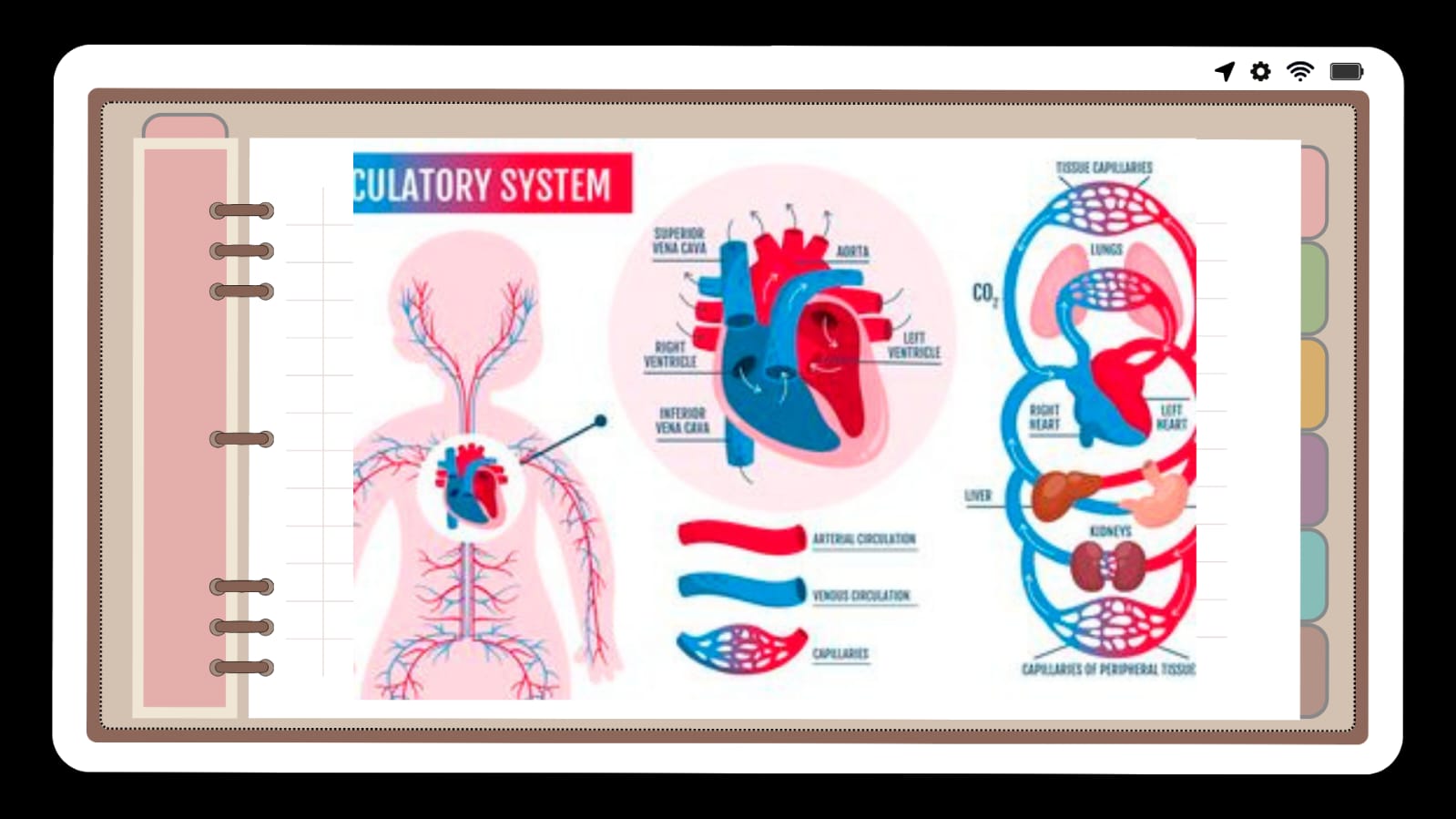Edmodo learning media and meeting room help grasp simple and significant ones: Circulatory System
Keywords:
Biology, Circulatory System, Edmodo, Meeting roomsAbstract
Biology is complex for students because of a lack of interest, uncertainty regarding healthy blood circulation, small and large blood circulation systems, remembering the order of blood circulation, and fast-paced education. Students need microcirculation groups. Significant and minor blood circulation groups must be understood and circulated by students. Old biology teaching methods failed students despite adopting technology. Teachers must master and use learning technology in our globalized environment. Online learning is current education technology. This research can help educators choose instructional resources, especially the exciting part of practitioners contributing to academic biology research. This study evaluates student motivation and circulation system learning with Edmodo and meeting room media. Classroom Action Research met twice. Research rigour evaluation needs learning and assessment criteria alignment. Planning, Action, Observation/Evaluation, and Reflection comprise each learning cycle. This study includes 20 grade 11 controls. Teachers and practitioners utilize Edmodo and Zoom for online learning. In the lesson plan, a 40-question two-level multiple-choice exam and a motivation survey assess student learning. The study is quantitative. From inception to finish, data analysis grades data quality 1–4. Researchers use observation, interviews, and questionnaires. Microsoft Excel averaged descriptive analysis data. It measures efficacy by the percentage increase in learning outcomes during learning. This essay analyzes how Edmodo impacts classroom learning, outcomes, and motivation.
Downloads

Downloads
Published
How to Cite
Issue
Section
License
Copyright (c) 2024 Mia Nurkanti, Wandai Edema

This work is licensed under a Creative Commons Attribution-ShareAlike 4.0 International License.

 Universitas Muhammadiyah Malang, Indonesia
Universitas Muhammadiyah Malang, Indonesia
 Kenyatta University School Of Humanities And Social Sciences, Kenya
Kenyatta University School Of Humanities And Social Sciences, Kenya



















